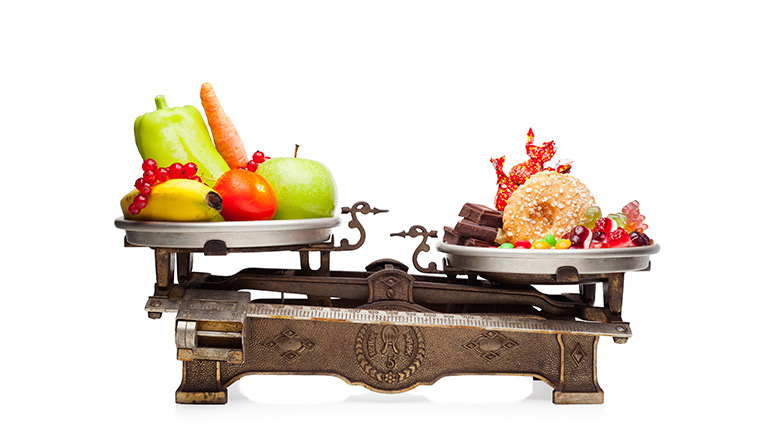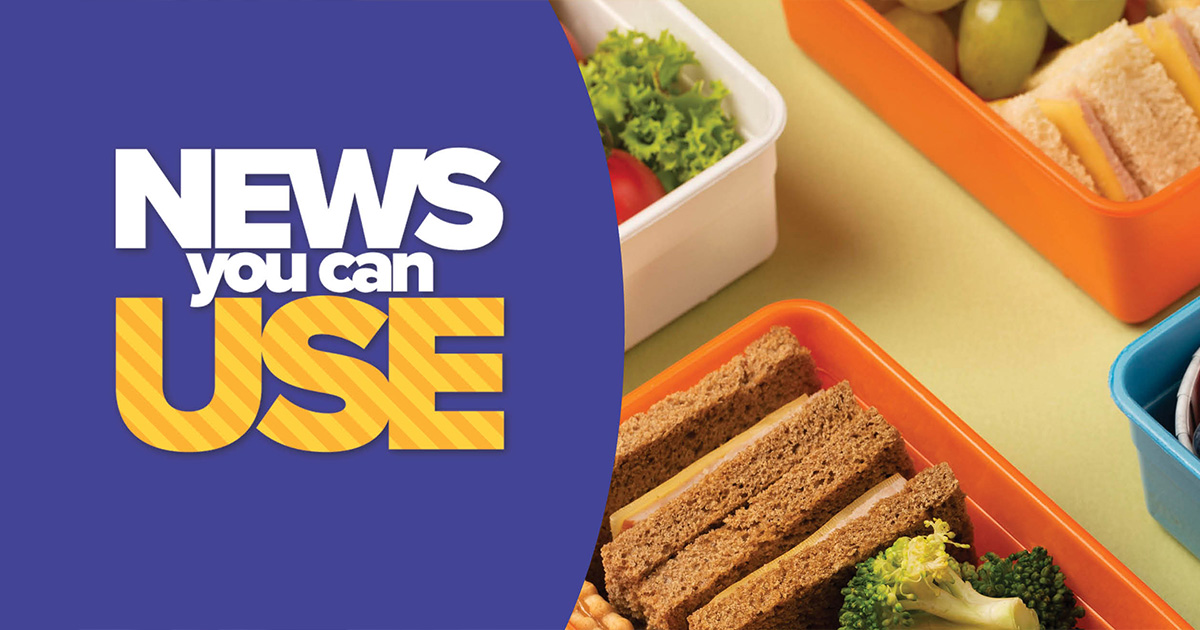Search
Research
Commitments to Improve Food Environments in Western Australia: A Review of Local Government Public Health PlansFood environments are significant drivers of obesity and diet-related diseases, making them key targets for interventions that support healthier food choices. The role of Local Government Authorities is pivotal in shaping community food environments.

News & Events
Less ‘fast food’ outlets near schools could help reduce obesityTeaching a class of year eleven students about nutrition ten years ago is what gave Dr Gina Trapp the idea for her research.

News & Events
Folate success helps Aboriginal kidsMore than 30 years of research into the links between folate and neural tube defects has paid off for The Kids Research Institute Australia researcher Professor Carol Bower.
News & Events
Variety of foods at breakfast linked with better mental health for teensVariety of foods at breakfast linked with better mental health for teens
News & Events
Folate decision a win for familiesChild health expert Professor Fiona Stanley says today's decision by the Federal and State Food Regulation Ministers to fortify food with folate was a great win
Research
Development of the breastfed infant oral microbiome over the first two years of life in the BLOSOM CohortAcquisition and development of the oral microbiome are dynamic processes that occur over early life. This study aimed to characterize the temporal development of the oral microbiome of predominantly breastfed infants during the first two years of life.
Research
Immune mechanisms by which topically applied vitamin D acts as a therapeutic agentVitamin D, nutrition, diet, therapeutic agent

News & Events
Back to school: How to pack a healthy lunchbox to keep your child fuelled up for learning and playSummer holidays are nearly over, and with that, the never-ending requests for snacks that seem to come all day, every day.
Research
Models of school breakfast program implementation in Western Australia and the implications for supporting disadvantaged studentsA substantial body of literature points to the educational and social benefits of school breakfast programs. Most high-income countries provide free or subsidized school breakfasts to support disadvantaged children. Australia does not have a nationally-funded school meal program. Instead, charitable organizations offer school breakfast programs on a voluntary basis, often with funding support from state/territory governments.
Research
Early versus late parenteral nutrition in term and late preterm infants: study protocol for a randomised controlled trialDespite the wide use of parenteral nutrition (PN) in neonatal intensive care units (NICU), there is limited evidence regarding the optimal time to commence PN in term and late preterm infants.
